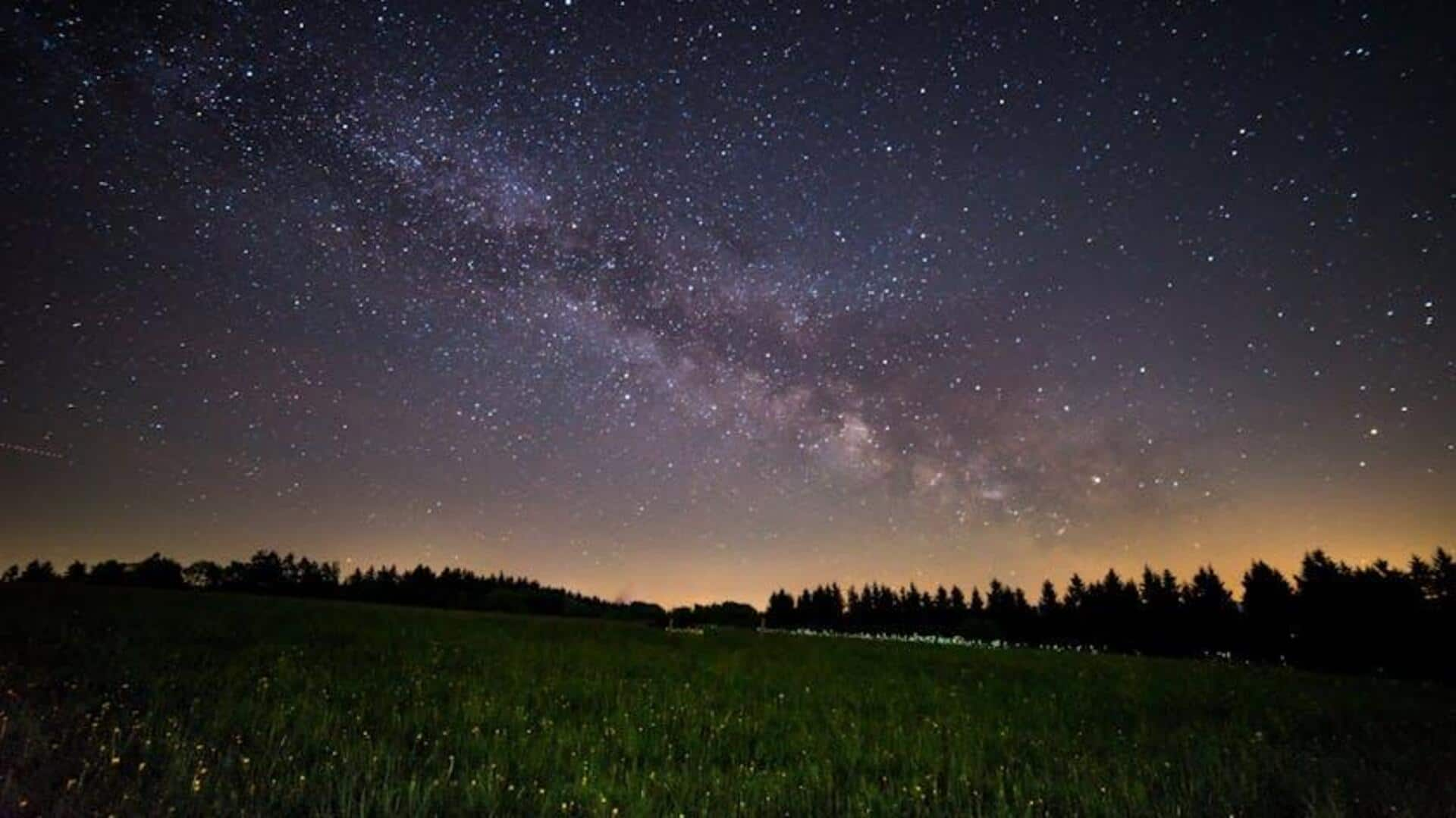
Witness glowing space dust on this night hike
What's the story
Humans have always held a deep fascination for the night sky. The interstellar dust cloud night hikes offer a rare opportunity to witness cosmic dust trails, these are tiny particles from space that emit a glow as they enter Earth's atmosphere. Not only do these hikes provide a tranquil retreat into nature, but they also foster a sense of profound connection with the cosmos.
Preparation
Planning your cosmic journey
Before embarking on your cosmic dust night hike, make sure to: Select locations with a reputation for clear skies and low light pollution. National parks or distant places from the city lights are perfect. Check the weather forecast to confirm clear conditions for stargazing. Know the lunar calendar as a new moon phase will provide the darkest skies, allowing cosmic dust to be seen more easily.
Gear up
Essential gear for stargazers
For a memorable night hike under the interstellar dust cloud, bring a flashlight with a red light option (this helps maintain your night vision) and a good pair of binoculars or a small telescope to get a closer look at the cosmic dust trails. And, remember to dress warmly in layers. The temperature can fall quite a bit at night.
Star maps
Navigating the night sky
Using star maps or astronomy apps can significantly enhance your interstellar dust cloud night hiking experience. These tools assist in pinpointing constellations, planets, and the Milky Way's trajectory across the sky. Some apps offer augmented reality features that superimpose constellations over the actual sky when aimed at it with your smartphone's camera. This not only helps in navigation but also in comprehending what you're witnessing.
Optimal viewing
Maximizing visibility of cosmic dust trails
To maximize your chances of seeing cosmic dust trails, timing is key. Aim to observe between midnight and dawn, when Earth is plowing head-on into the incoming space debris. This will increase your chances of spotting these glowing particles. To improve visibility, face away from any light pollution and give your eyes about 20 minutes to adjust to the darkness.
Stay safe
Safety tips for night hikers
Precautions to take while going on a night trek: Always let someone know where you're going and when you plan to be back. Don't hike alone at night. It's safer (and more fun) in groups. Pack smart: a charged-up phone, a GPS device or compass to keep you on track, plenty of water to stay hydrated, some snacks for energy boosts, and a first-aid kit for emergencies are all must-haves.